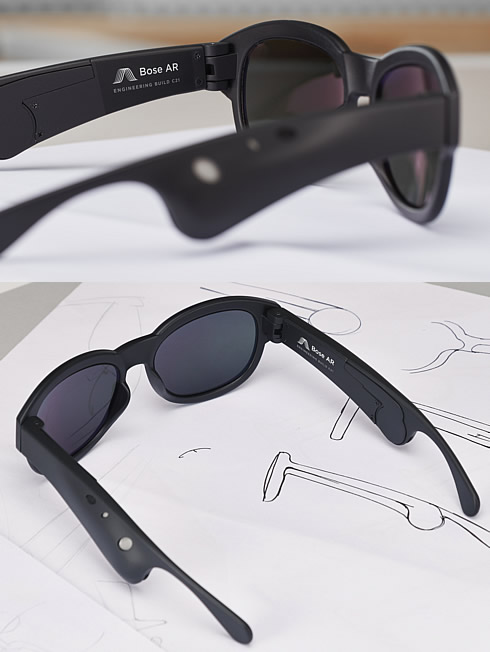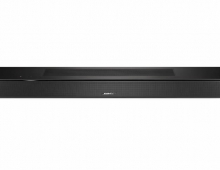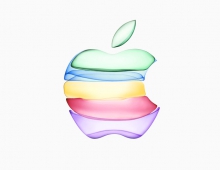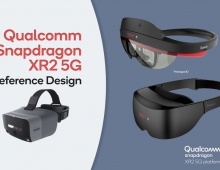
Bose Introduces Audio Augmented Reality Eyewear
This week at SXSW, Bose introduces Bose AR, an audio augmented reality platform, and glasses to hear AR prototype.
Bose also announced its SDK schedule date for developers, manufacturers, and research institutions, along with collaborations currently under way, and venture funding for related start-ups.
So far, the broader excitement about augmented reality (AR) has focused on its visual possibilities. But Bose believes that audio possibilities are just as exciting because the benefits can be enjoyed by mainstream consumers now, not in some undefined future.
Bose AR doesn't change what you see, but knows what you're looking at - without an integrated lens or phone camera. And rather than superimposing visual objects on the real world, Bose AR adds an audible layer of information.
Bose AR debuts a miniscule, wafer-thin acoustics package developed specifically for the platform. It can be built into headphones, eyewear, helmets and more, with no compromise to their existing functionality. And it allows simple head gestures, voice, or a tap on the wearable to control content- replacing the need to swipe, type, or tap a touchscreen for the same commands.
"Bose AR represents a new kind of augmented reality - one that's made for anyone and every day," said John Gordon, vice president of the Consumer Electronics Division at Bose. "It places audio in your surroundings, not digital images, so you can focus on the amazing world around you- rather than a tiny display. It knows which way you're facing, and can instantly connect that place and time with endless possibilities for travel, learning, music and more. And it can be added to products and apps we already use and love, removing some of the big obstacles that have kept AR on the sidelines."

The first Bose AR wearable - a prototype pair of glasses - was engineered and manufactured by Bose. They're Bluetooth compatible with microphones for calls, Siri or Google Assistant. And they debut a new technology that keeps audio private. With a light, ultra-miniaturized acoustic package embedded discreetly in each arm, they can fit, function and look like standard eyewear, but sound and function more like Bose headphones.
In addition to delivering high audio quality for listening to music, talking on the phone, or using VPAs, a Bose AR wearable uses sensors to track head motion, and the GPS from an iOS or Android device to track location. The sensors send the motion and location data to a Bose AR-enabled app that aggregates the information, sending relevant, real-time content back to the user's ears instantly. It's all done hands-free, heads-up, and wirelessly, so there's no need to grab, read or touch the phone. And it can be used for multiple applications.
Bose will invest up to $50 million in start-ups focused on apps, services, or technologies for the Bose AR platform. More information can be found on the Bose Ventures site.





















